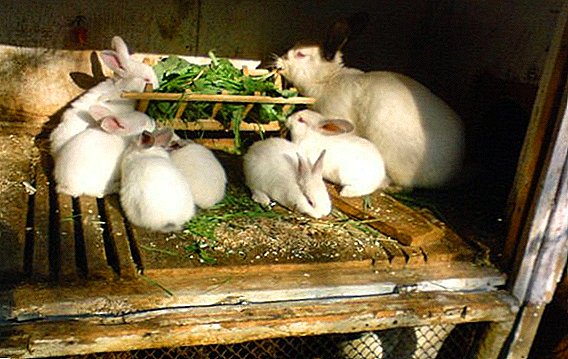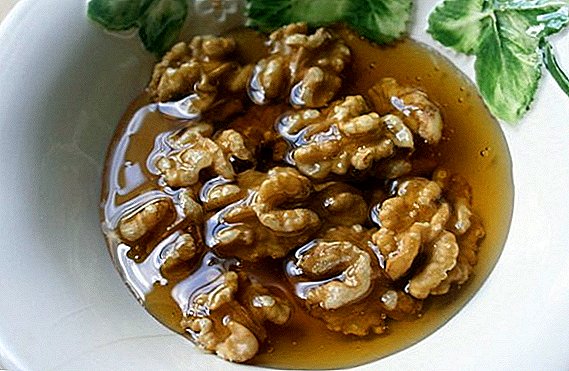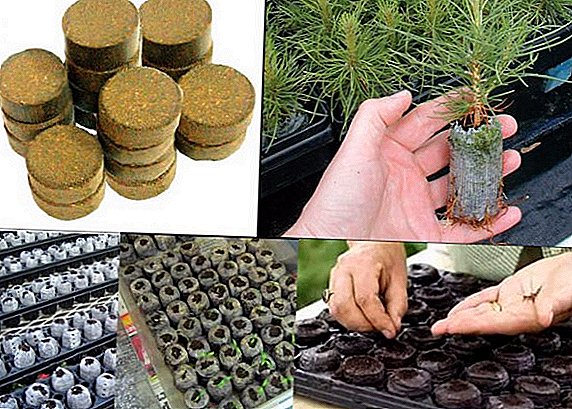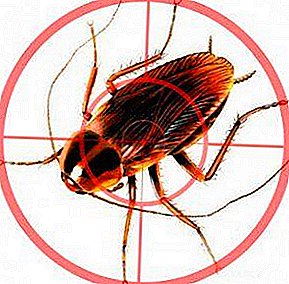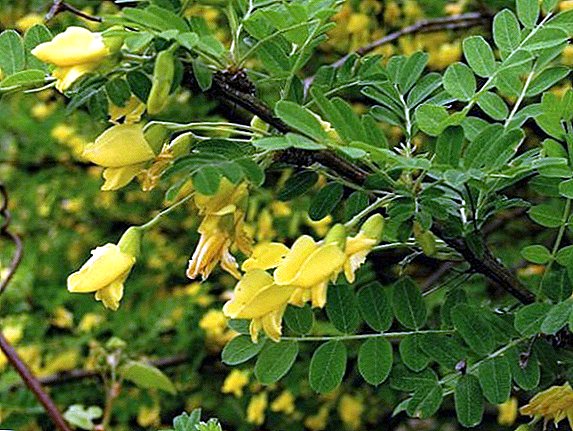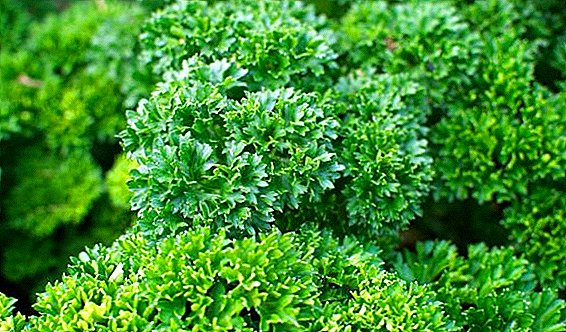 Curly parsley is a popular herbaceous crop that is used in the kitchens of many nations as a seasoning and decoration of dishes, as well as in recipes of traditional medicine. Since 2011, it has been forbidden to add to dietary supplements in Russia with the proviso that narcotic substances are present in its essential oils and fruits. Is this so, let's see in the article.
Curly parsley is a popular herbaceous crop that is used in the kitchens of many nations as a seasoning and decoration of dishes, as well as in recipes of traditional medicine. Since 2011, it has been forbidden to add to dietary supplements in Russia with the proviso that narcotic substances are present in its essential oils and fruits. Is this so, let's see in the article.
Botanical description and history of the plant
Curly or curly parsley ranked as an umbrella family. Its homeland is the Mediterranean. In culture, the herb has taken root since the 9th century.
This biennial grows to 30-100 cm. It has a thick root in the form of a spindle, an upright stalk with a strong branching, dark green, pinnate leaves in the form of triangles with a shiny upper plate.
Did you know? The name of parsley comes from the ancient Greek word "petros", which means stone. So the plant is called due to the fact that in natural conditions it is often found on stony soils.
Flowering in biennial occurs in June-July. The color of the petals of flowers is greenish-yellow. After ottsvetaniya formed oblong-shaped fruit-visplodies.
Today, this herbaceous crop is grown on all continents except Antarctica. All its parts have a pleasant spicy flavor. In cooking, use leaflets and roots. They are consumed fresh, dried and frozen.

Kinds
Curly parsley has several varieties and varieties. The most actively cultivated are 2 of them: Mooskrause 2 and Kucheryavets.
Read also what is called curly parsley.
Mooskrause 2
This species ripens in early terms - in 70-80 days. It has a compact look. Sheet rosette large, spreading. Leaflets are small, have a corrugated border. The weight of one plant is 45-50 g. The yield of the variety is 2-2.5 kg / m². 
The species has a pleasant aroma and a beautiful decorative look. After the leaves are cut, they are able to be stored for a long time.
Did you know? In ancient Rome, parsley was added to the food of gladiators, considering that it adds strength and gives courage.
Kucheryavets
Ripens in early terms. It has a large outlet, leaves of a rich green color with a corrugated border. One shrub reaches a mass of 50-60 g. The species is distinguished by a high decorative effect, a pleasant spicy aroma, and the ability to stay fresh for a long time after cutting. 
The chemical composition of parsley
Even in ancient times, people found that parsley has useful properties. Later, scientists by studying its chemical composition learned that it contains the following vitamins: A, carotene, B1, B2, B3, C; minerals: iron, calcium, potassium, magnesium, phosphorus, as well as flavonoids, essential and fatty oils, furocoumarins, organic acids, proteins, carbohydrates, pectins, phytoncides, glycosides. Essential oils are found in greens - up to 0.3%, fruits - up to 7%, roots - up to 0.08%.
We also recommend to read why parsley does not grow: the main reasons, how to accelerate growth.
Is parsley a narcotic plant?
Of course, after eating parsley, even in large quantities, a person will not experience a state of euphoria as when using drugs. However, the narcotic substances in it are really contained, namely in the essential oils present in all the organs of the plant and most of all in the fruits. This gave a reason for the chief sanitary doctor of the Russian Federation to classify this herbaceous crop as one that contains narcotic and toxic substances.

Properties of curly parsley and its effects on the body
Due to its rich chemical composition, the described plant culture is capable of exerting a number of beneficial effects on the human body:
- accelerate the work of the kidneys and intensively remove urine;
- relieve cramps and pains;
- destroy bacteria;
- remove sweat;
- increase the amount of breast milk;
- get rid of age spots and freckles;
- remove swelling in violation of cardiac activity;
- pain relief after an insect bite;
- relieve bad breath;
- improve the work of the organs of vision;
- to establish the activity of the digestive organs;
- stop fermentation processes in the intestine;
- normalize water-salt balance.
Important! When used in large quantities, parsley can lead to nausea and dizziness.
Opinion of experts
As explained in the Ministry of Health and Social Development of the Russian Federation, the assignment of curly parsley to the group of plants containing narcotic and poisonous substances does not mean that it cannot be grown on summer cottages for personal purposes and used for cooking. It is forbidden to add to dietary supplements and grow in large quantities to obtain seeds.

Doctors and narcologists claim that even with the presence of narcotic substances in the fruits and seeds, to get the effect of both drugs, you need to eat a huge amount of them, which will certainly lead to indigestion.
Curly parsley is not included in the list of plants containing narcotic substances that are subject to a ban by a government decree or the Criminal Code.
Important! Since curly parsley increases the tone of the smooth muscles of the uterus, it is counted among the abortive herbs.
So, curly parsley, indeed, contains narcotic substances, but it is not included in the list of narcotic plants. Growing and using this vegetable crop today is not illegal.


